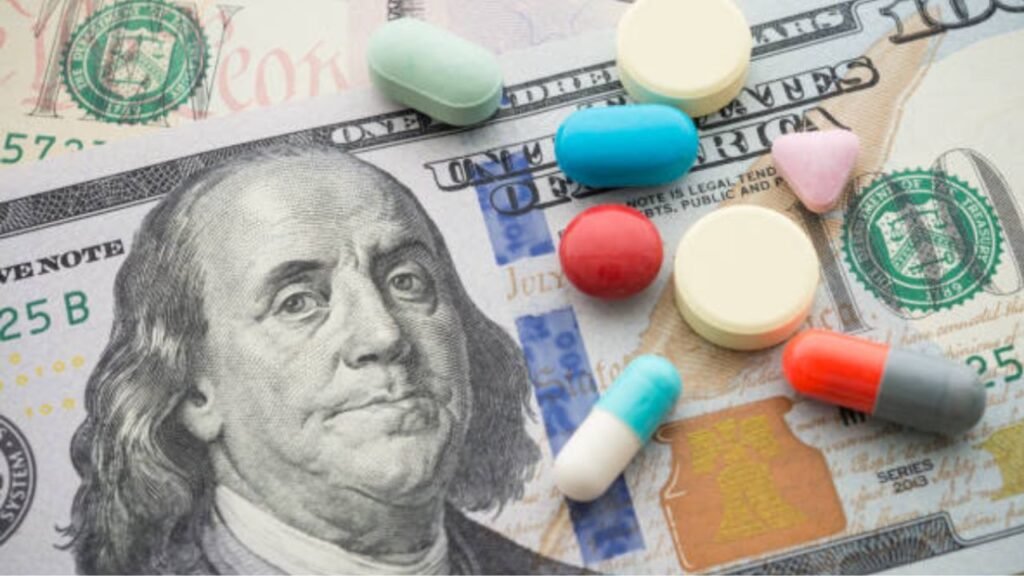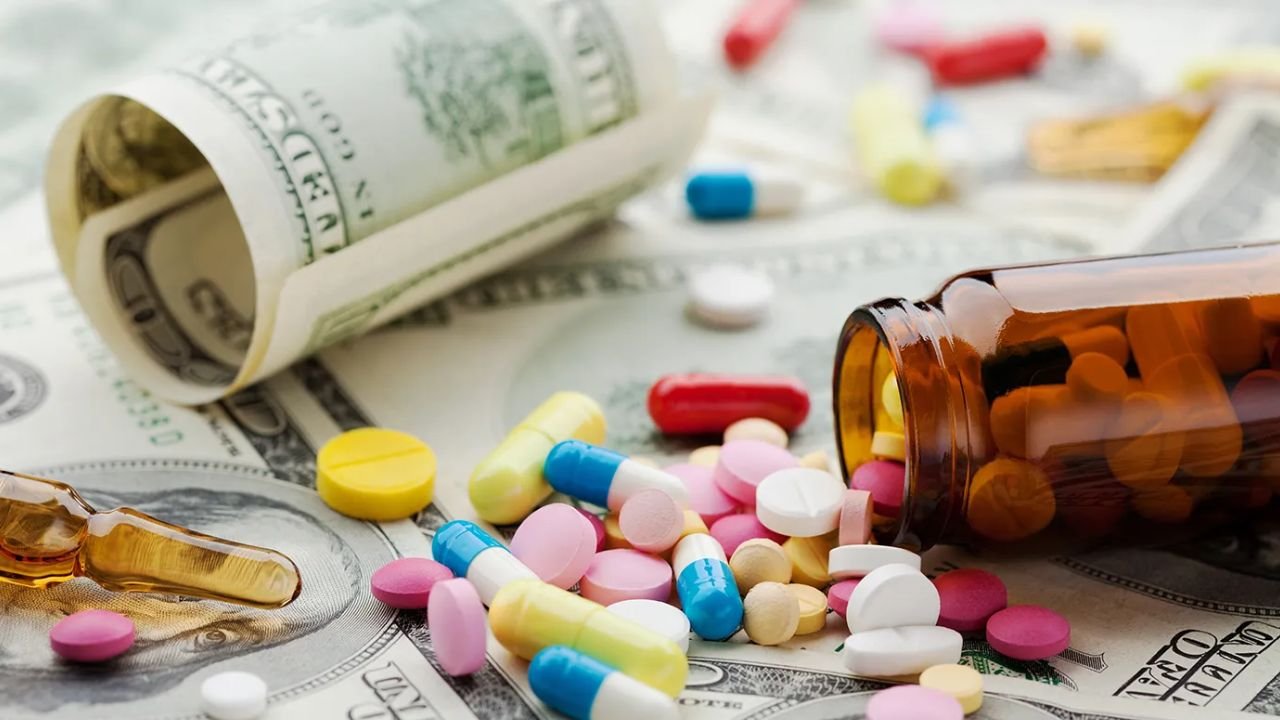The United States pharmaceutical market is facing potential upheaval as former President Donald Trump proposes steep tariffs on imported medicines. Experts warn that these measures could lead to rising drug prices, severe supply chain disruptions, and even the possibility of empty pharmacy shelves across the nation. While the proposal is framed as an effort to boost domestic production, analysts caution that the true cost could fall squarely on American consumers, especially vulnerable groups like low-income families and seniors.
Rising Tariffs and Growing Concerns
For decades, the pharmaceutical industry has operated in the U.S. with minimal or zero tariffs. This could change dramatically under the proposed plan, with some import duties reportedly reaching as high as 200 percent. A recent trade deal with Europe already introduced a 15 percent tariff on certain medicines, but Trump’s plan goes much further, aiming to impose aggressive tariffs on drugs from countries like India, China, and Switzerland, where much of the U.S. drug supply originates.
Impact on Drug Prices
Healthcare analysts argue that these tariffs could directly contradict Trump’s repeated promises to lower drug costs. Experts suggest that even a modest 25 percent tariff could increase the cost of prescriptions by 10 to 14 percent over time. These increases wouldn’t just be visible at the pharmacy counter but would also be reflected in higher health insurance premiums. For millions of Americans, particularly those living on fixed incomes or relying on Medicaid, such hikes could make essential medicines financially out of reach.
Supply Chain Challenges

Over the years, U.S. pharmaceutical companies have moved significant portions of their production overseas. Today, nearly 97 percent of antibiotics, 92 percent of antivirals, and 83 percent of generic drugs rely on active ingredients produced abroad. Analysts warn that shifting production back to the United States would require enormous investments and time. Even with a proposed one-year delay to help drugmakers adjust, experts predict potential shortages by 2027 or 2028 as existing inventories dwindle.
The Struggle for Generic Drugs
Generic medications, which account for more than 90 percent of all U.S. prescriptions, may face the greatest impact from these tariffs. Because generics operate on thin profit margins, many manufacturers may find it unfeasible to absorb the added costs or move production domestically. Industry specialists caution that if generic producers pull out of the market, patients could experience shortages of critical and affordable drugs, similar to those seen in past cancer medication crises.
The High Cost of Domestic Production
Industry leaders agree that the only way to fully protect the U.S. from foreign supply disruptions is to rebuild the pharmaceutical supply chain domestically. However, creating an end-to-end production system in the U.S. would require billions in investment and years of development. While some global giants like Roche and Johnson & Johnson have announced major U.S. investments, analysts say it is unlikely these efforts alone could meet the country’s full demand without substantial systemic redesign.
Balancing Security and Affordability
The debate over pharmaceutical tariffs highlights a difficult balance between economic independence and consumer affordability. While securing the drug supply chain could reduce reliance on foreign countries, it would come at a significant financial cost. Experts warn that without careful planning, Americans could face not only higher prices but also dangerous gaps in access to life-saving medications.

